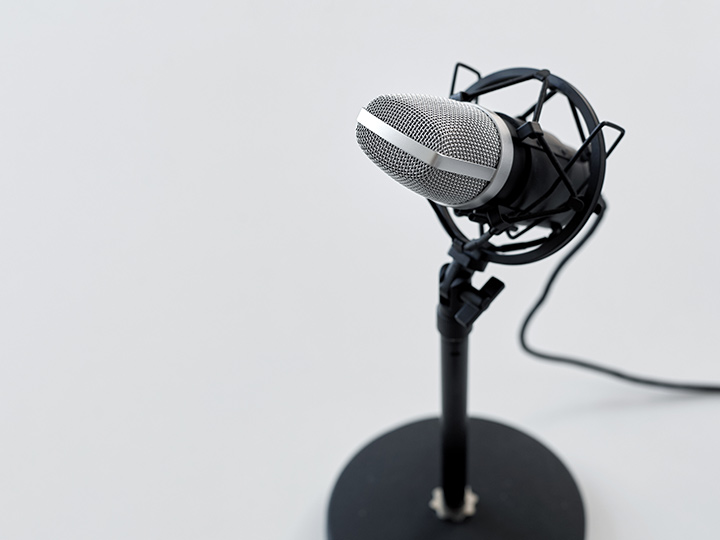Good microphone sound quality not only allows you to communicate more clearly, but also allows the listener to receive clearer messages and a better listening experience.
1. Turn off other noise-producing equipment on site
If you have any noise-generating equipment in the room that is not related to the recording, turn it off. Generally, the devices that generate noise indoors are electric fans, air conditioners or air purifiers. The noise from these devices will affect the quality of the recording. Your audience doesn't care if you are too hot or too cold, they care about Can clearly accept the message you want to convey, and have a good listening experience.
2. Make good use of the directivity of the microphone (PolarPattern)
Put all the devices that can't be turned off, but make noise, in the dead corner of the microphone. Each microphone has its unique directivity, and it has different radio effects for sound sources from different angles. In an environment where a single person speaks to a microphone, a cardioid microphone is usually used to face the speaker. At this time, the back of the microphone is the dead corner of the radio (the radio effect is poor). If you have a loud live broadcast device (such as a computer fan), you can move the microphone at this time, so that the rear of the microphone is facing the source of the computer fan noise, which can greatly reduce the noise interference and make the recording effect better.
microphone
3. Keep the microphone as close to your mouth as possible
If you're recording in an unacoustically treated room, try to get as close to the microphone as possible, this will greatly reduce the echo in the room. The main source of echo is the sound of your speech, bounced off a smooth and hard surface, and picked up by the microphone. Echoes can be great on some musical recordings, but are often intrusive on recorded dialogue. The main effect of placing the microphone close to the mouth is to improve the signal-to-noise ratio (Signal / Noise Ratio), that is, the direct sound received by the microphone from the mouth will be much larger than the echo received from the room.










